The man who created Godwin's Law against mentioning Nazis in online conversation just made an exception


In 1990, lawyer and author Mike Godwin created Godwin's Law, the half-serious "pseudo-mathematical probability statement" that any internet discussion, if it continues long enough, will include someone comparing another person in the discussion to a Nazi or Adolf Hitler, and through the years the convention became that whoever mentioned Hitler or the Nazis first lost the argument and brought the discussion to an end. The point, Godwin explained in The Washington Post in December 2015, was to expose "glib Nazi comparisons or Holocaust references to the harsh light of interrogation," raise the level of internet discourse, and not dilute the horrors of the Holocaust with "poorly reasoned, hyperbolic invocation."
After a phalanx of neo-Nazis and other white supremacists converged on Charlottesville, Virginia, over the weekend, some carrying Nazi symbols, wearing Hitler clothes, and shouting Nazi slogans, and a reputed Nazi sympathizer allegedly ran his car into a crowd of anti-racism protesters, killing one 32-year-old woman, Heather Heyer, and wounding 19 others, Godwin created a spur-of-the-moment, salty codicil Sunday night:
Godwin actually made a similar point in his December 2015 essay, about the future president of the United States: "First, let me get this Donald Trump issue out of the way: If you're thoughtful about it and show some real awareness of history, go ahead and refer to Hitler or Nazis when you talk about Trump. Or any other politician." In other words, study history and don't overuse the Nazi card — but sadly, don't retire it for good, either.
The Week
Escape your echo chamber. Get the facts behind the news, plus analysis from multiple perspectives.

Sign up for The Week's Free Newsletters
From our morning news briefing to a weekly Good News Newsletter, get the best of The Week delivered directly to your inbox.
From our morning news briefing to a weekly Good News Newsletter, get the best of The Week delivered directly to your inbox.
A free daily email with the biggest news stories of the day – and the best features from TheWeek.com
Peter has worked as a news and culture writer and editor at The Week since the site's launch in 2008. He covers politics, world affairs, religion and cultural currents. His journalism career began as a copy editor at a financial newswire and has included editorial positions at The New York Times Magazine, Facts on File, and Oregon State University.
-
 Son arrested over killing of Rob and Michele Reiner
Son arrested over killing of Rob and Michele ReinerSpeed Read Nick, the 32-year-old son of Hollywood director Rob Reiner, has been booked for the murder of his parents
-
 Rob Reiner, wife dead in ‘apparent homicide’
Rob Reiner, wife dead in ‘apparent homicide’speed read The Reiners, found in their Los Angeles home, ‘had injuries consistent with being stabbed’
-
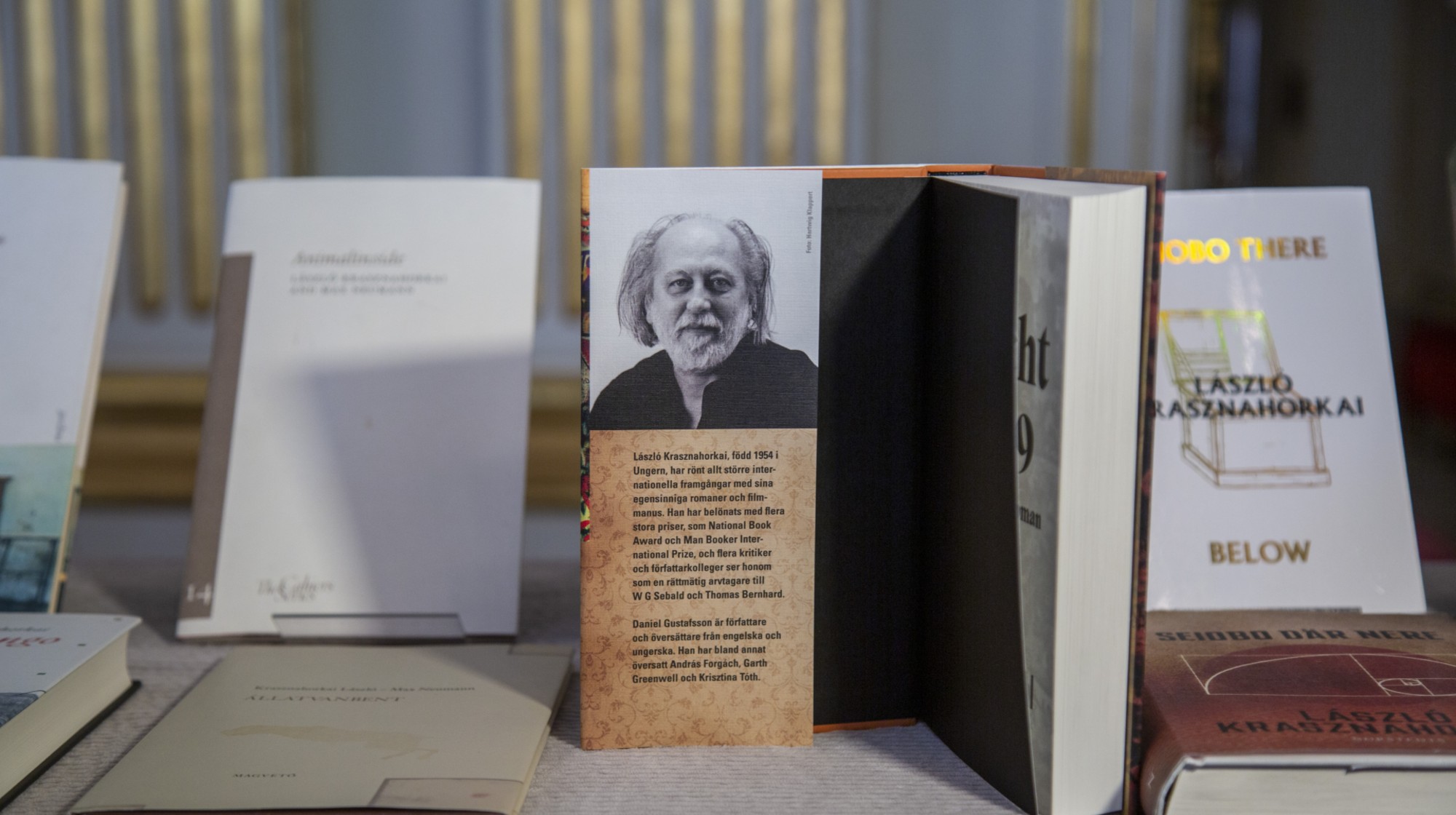 Hungary’s Krasznahorkai wins Nobel for literature
Hungary’s Krasznahorkai wins Nobel for literatureSpeed Read László Krasznahorkai is the author of acclaimed novels like ‘The Melancholy of Resistance’ and ‘Satantango’
-
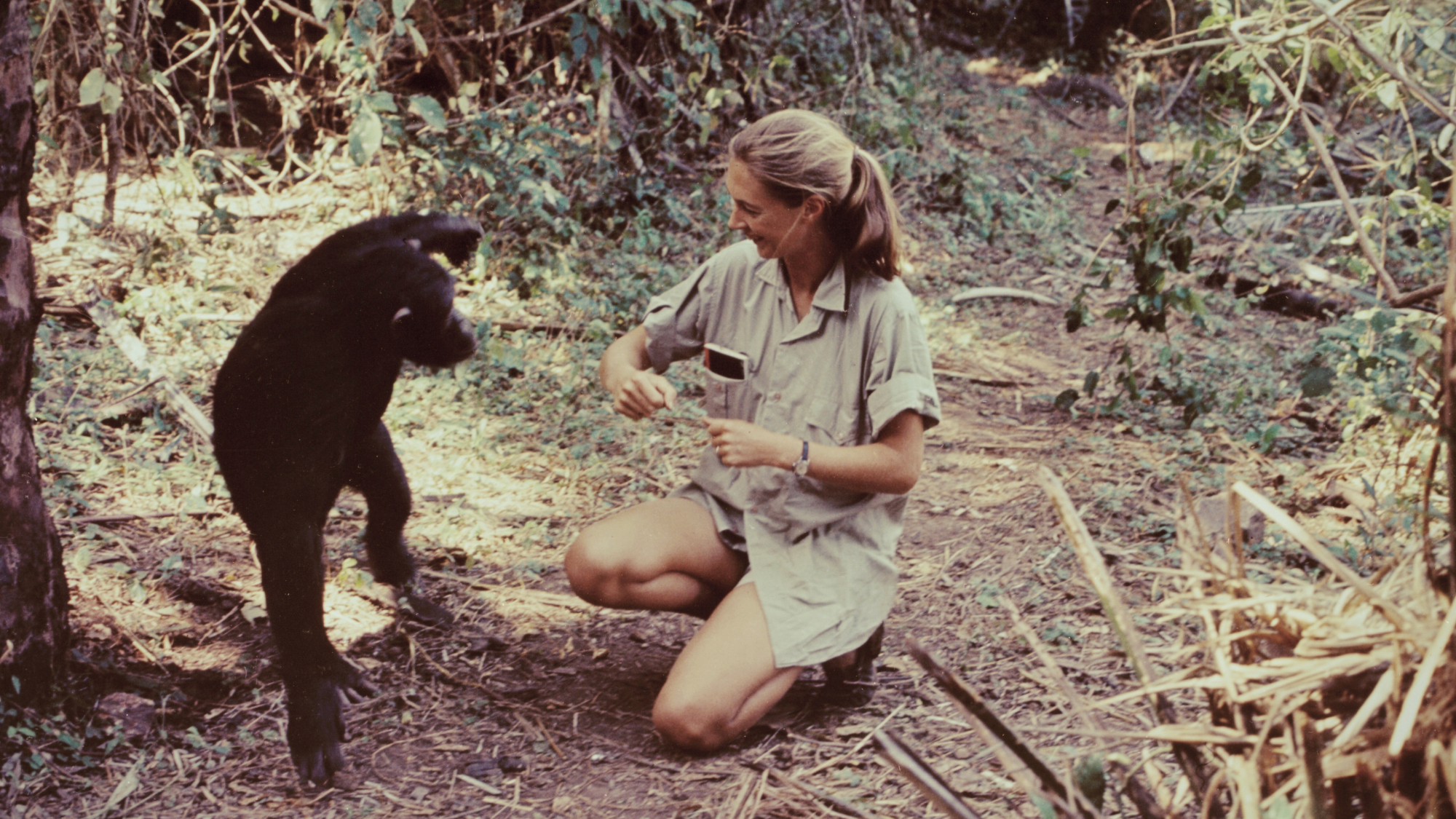 Primatologist Jane Goodall dies at 91
Primatologist Jane Goodall dies at 91Speed Read She rose to fame following her groundbreaking field research with chimpanzees
-
 Florida erases rainbow crosswalk at Pulse nightclub
Florida erases rainbow crosswalk at Pulse nightclubSpeed Read The colorful crosswalk was outside the former LGBTQ nightclub where 49 people were killed in a 2016 shooting
-
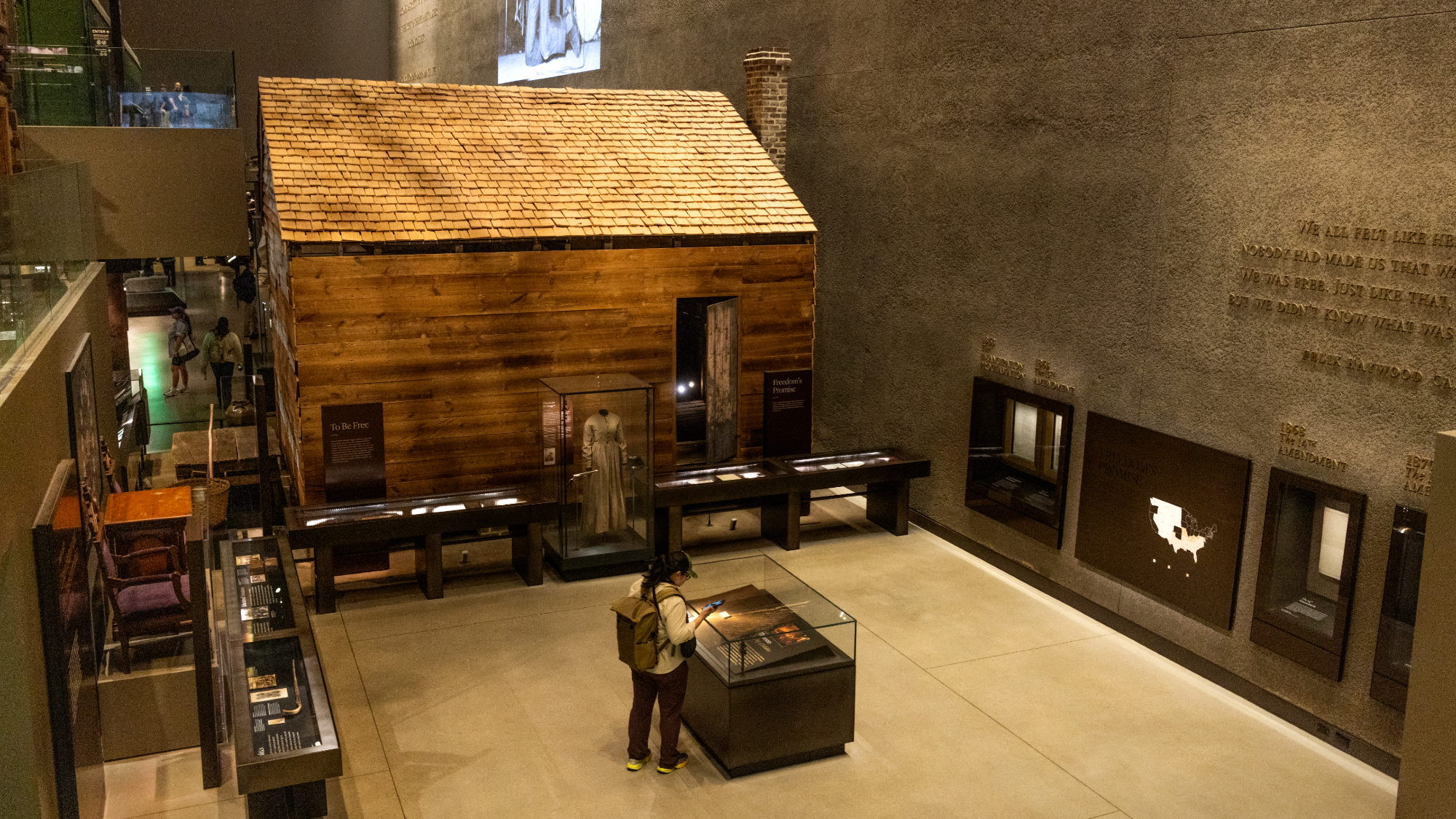 Trump says Smithsonian too focused on slavery's ills
Trump says Smithsonian too focused on slavery's illsSpeed Read The president would prefer the museum to highlight 'success,' 'brightness' and 'the future'
-
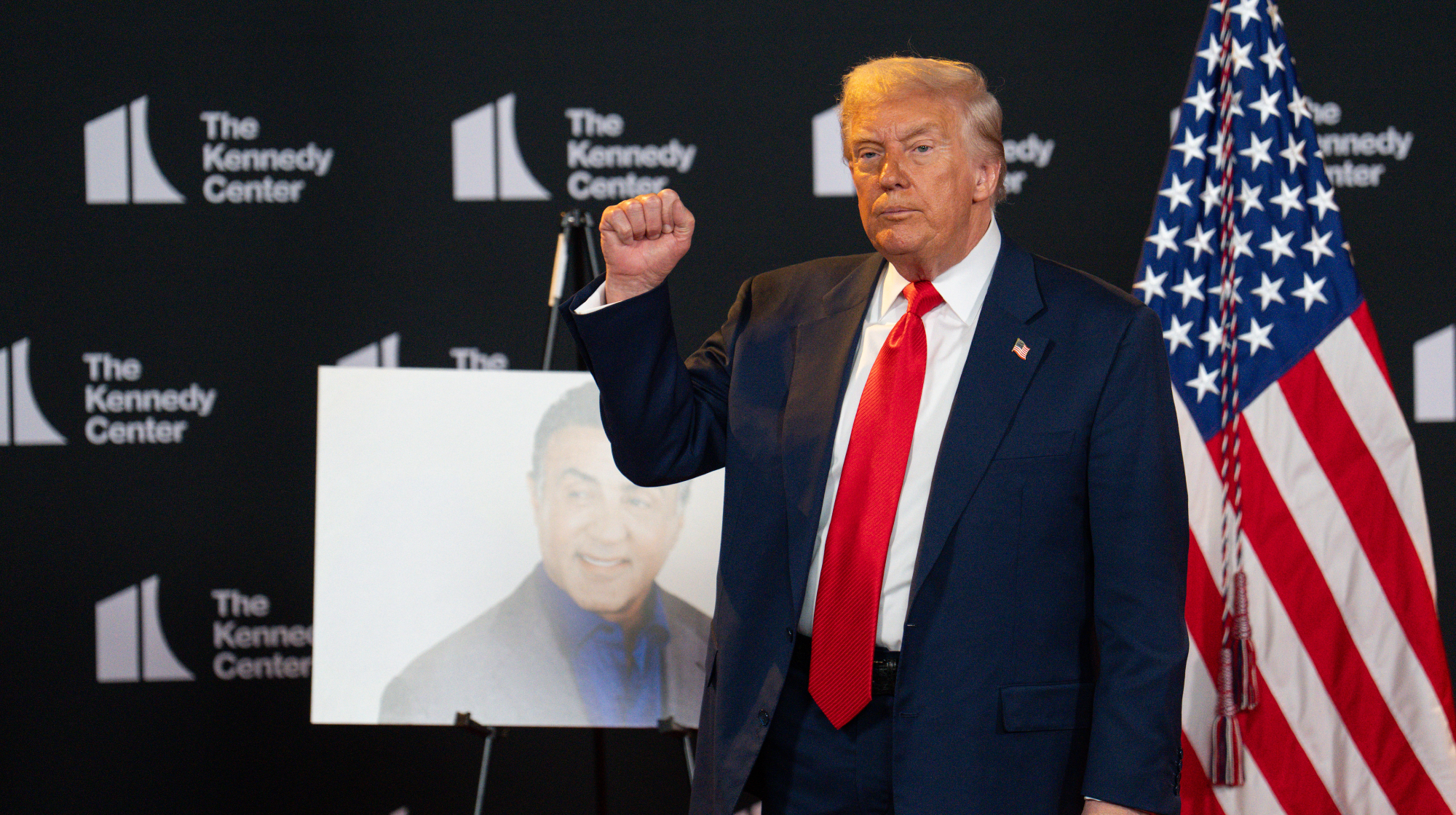 Trump to host Kennedy Honors for Kiss, Stallone
Trump to host Kennedy Honors for Kiss, StalloneSpeed Read Actor Sylvester Stallone and the glam-rock band Kiss were among those named as this year's inductees
-
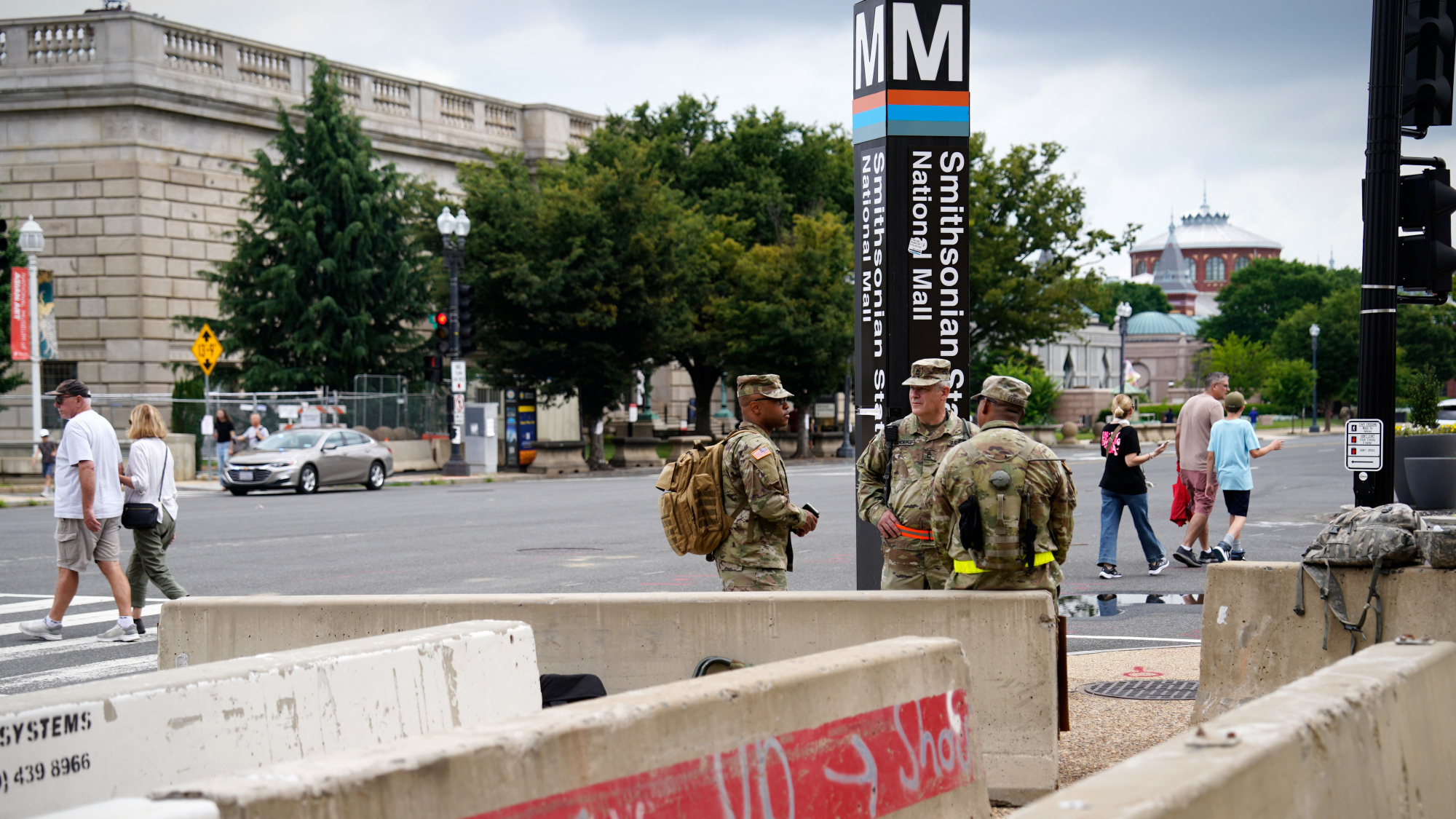 White House seeks to bend Smithsonian to Trump's view
White House seeks to bend Smithsonian to Trump's viewSpeed Read The Smithsonian Institution's 21 museums are under review to ensure their content aligns with the president's interpretation of American history



